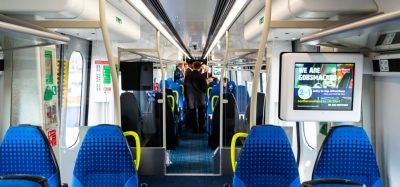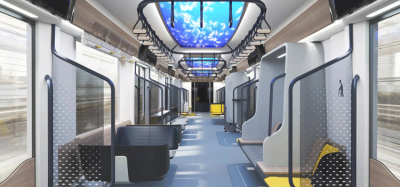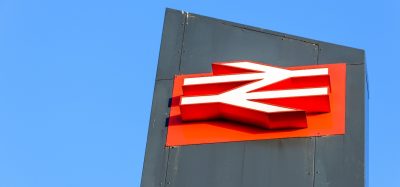Boston prepares for slippery rail tracks in autumn
Posted: 2 October 2017 | Global Railway Review | No comments yet
Keolis Commuter Services (KCS), the MBTA’s partner that operates the commuter rail in Boston, is working to ensure that when leaves begin to fall in autumn, the railroad is prepared to reduce the impact of what is known as slippery rail.
Slippery rail occurs when leaves and debris fall onto the track and as trains pass, these transform into a thin and slick film that accumulates on the tracks.
In these conditions, trains are required to slow down for stops sooner and take more time to re-gain speed when departing a station. As a result, a train needs more time to travel its route, which can create delays.
Occasionally more wheel maintenance is also required, and this can impact coach or locomotive availability.
“Seasonal preparations begin months in advance on the commuter rail,” said David Scorey, CEO and General Manager, KCS. “For the past several weeks, our teams have been planning and working on initiatives to reduce the impact slippery rail can have on our service. Special equipment clears this film off the track and applies a railroad-specific gel and sand mixture that helps to reduce the service risk that slippery rail creates.”
Specifically-designed MBTA train cars equipped with rail power washers are used to clear leaves, debris and the resulting film from heavily-wooded routes along the network. These high-pressure rail washers are powered by a locomotive and require 15,000 pounds per square inch of pressure to spray 50 gallons of water per minute.
After the power washer cleans the rail, gels and specialised sand solutions are applied to the rails to help improve train traction. To help identify areas in need of clearing, Keolis deploys drones to view track with over-grown foliage or a build-up of leaves and debris.
“We introduced drones to the commuter rail two years ago because this technology helps us make improvements to the network, and in turn passenger service, much more quickly than in the past,” Mr Scorey added. “This preparation, combined with other recent network enhancements, such as increasing the locomotive fleet size as an example, should help us deliver the high level of service our customers expect. There is more work to do, but we believe these are positive steps in the right direction.”
Related topics
Passenger Experience/Satisfaction, Safety, Track/Infrastructure Maintenance & Engineering
Related organisations
Keolis Commuter Services, Massachusetts Bay Transportation Authority (MBTA)








